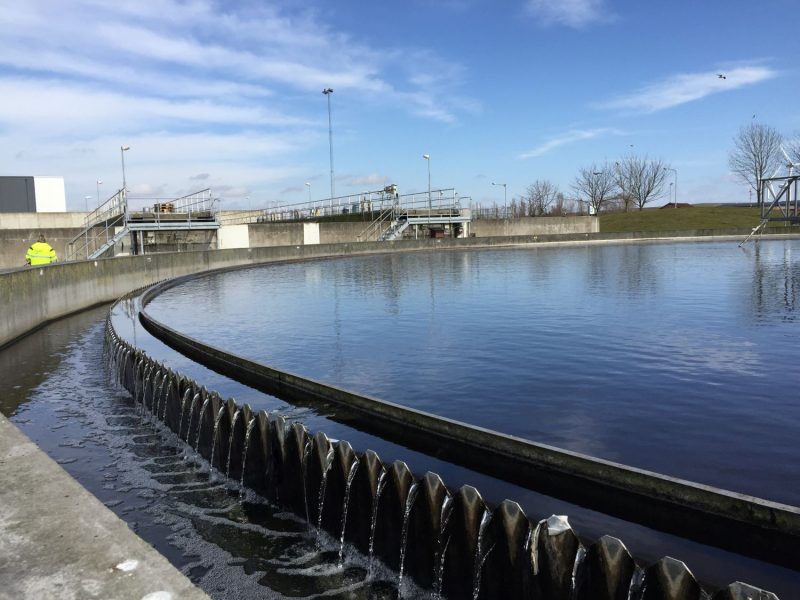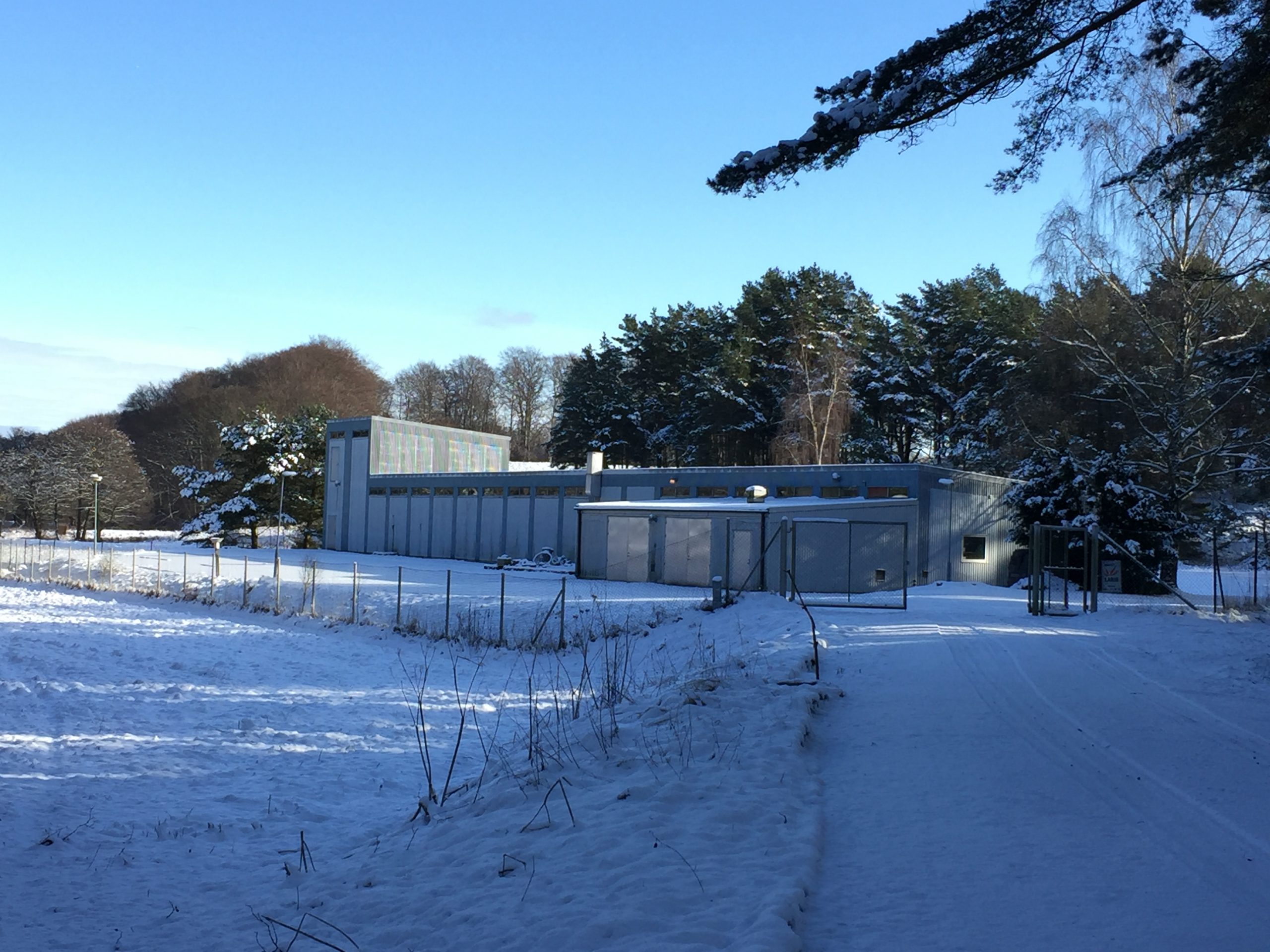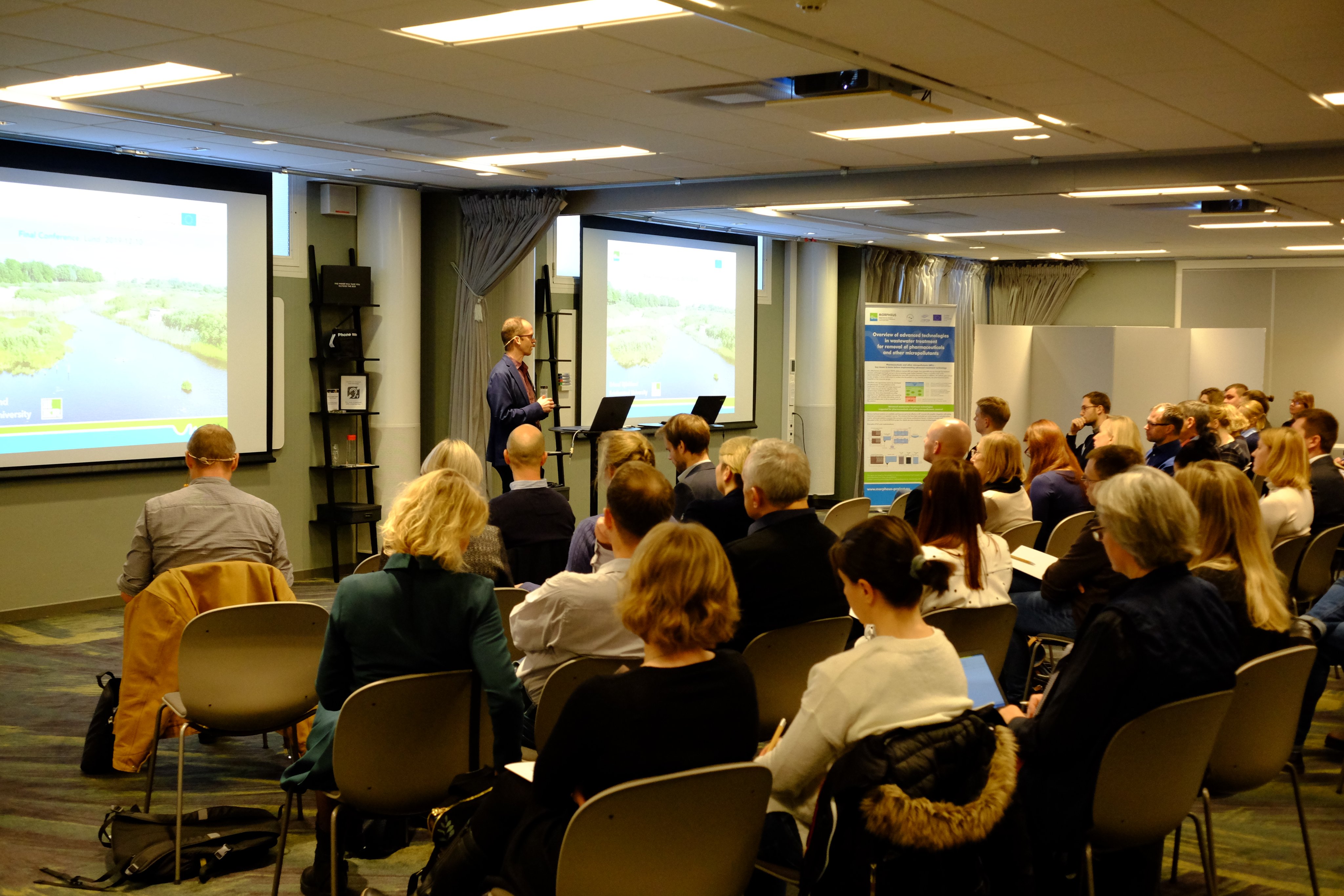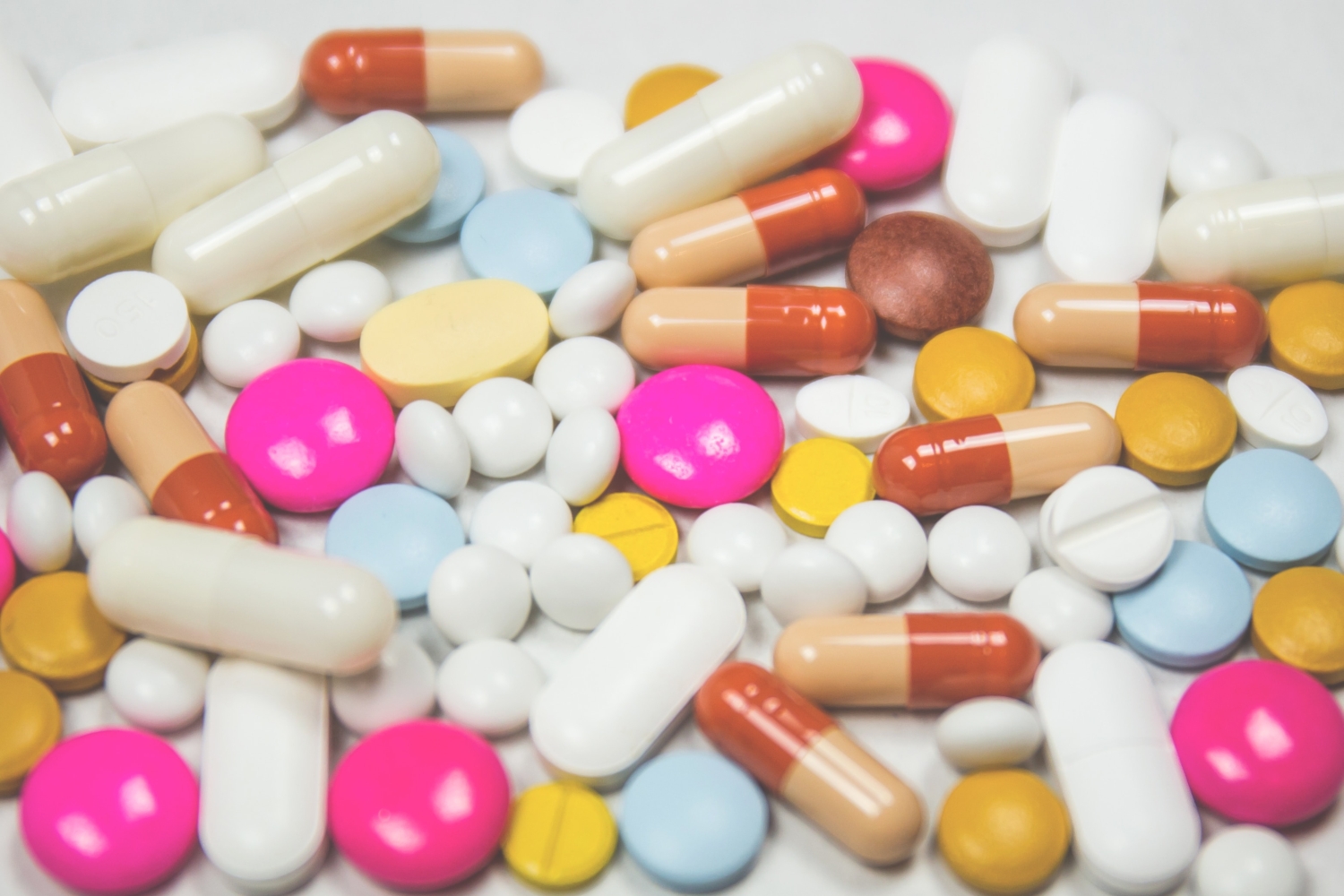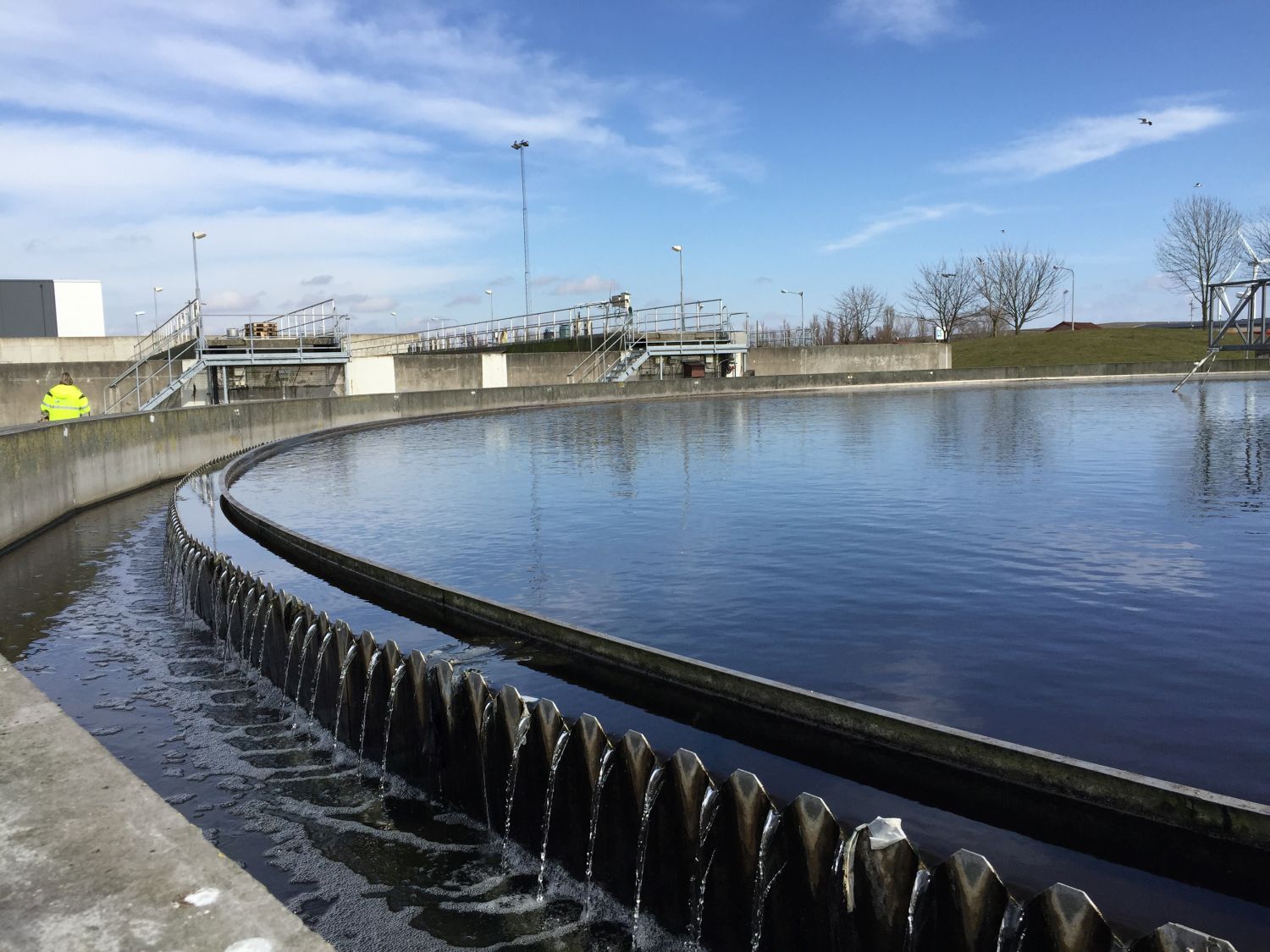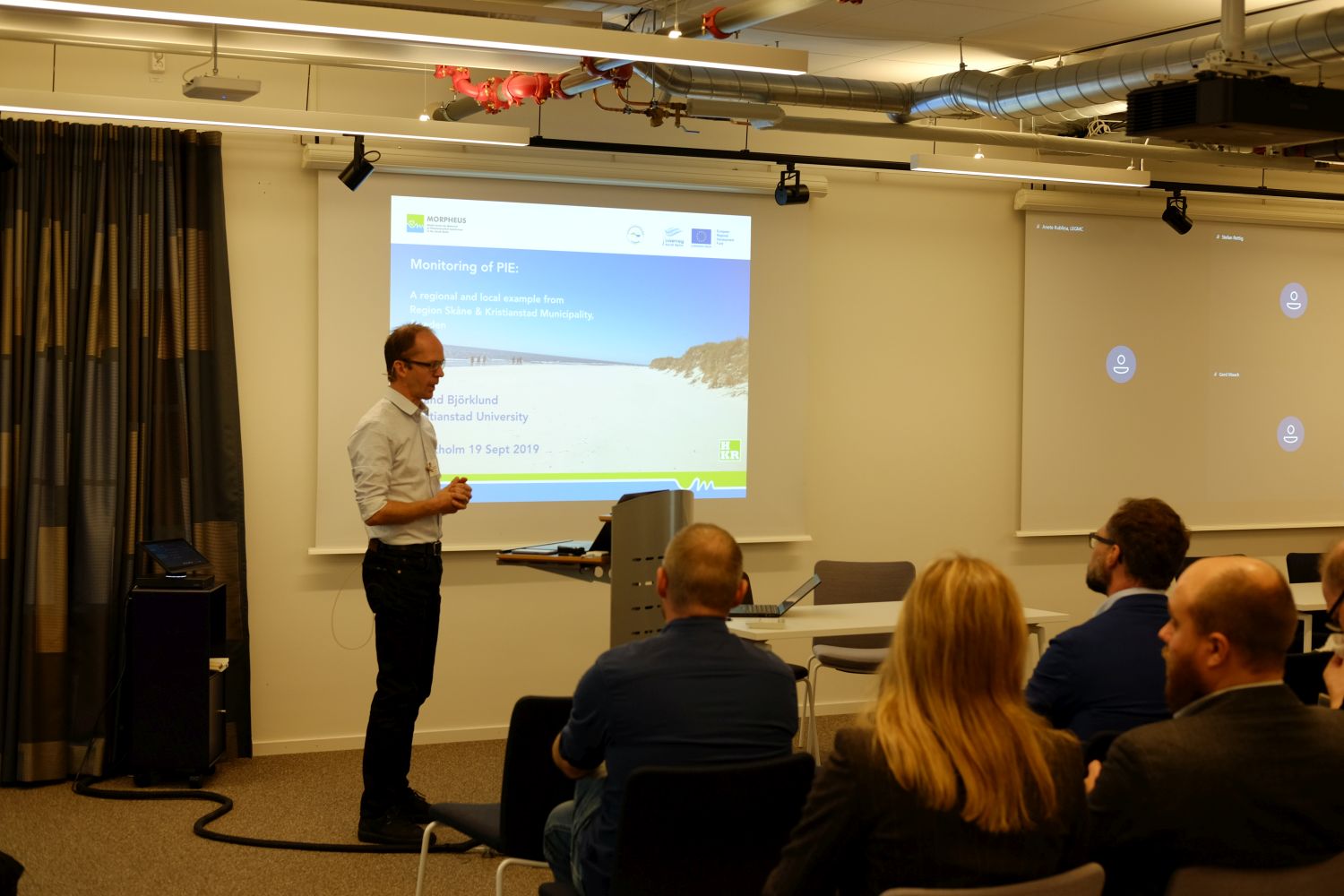MORPHEUS released a report, that examines the status of existing treatment technologies currently used in the wastewater sectors in four coastal model areas in the South Baltic Sea. In total 14 model WWTPs in Poland (4), Sweden (3), Lithuania (4) and Germany (3) were selected.
In general over 80% of the population was connected to the existing WWTPs in these areas; 83% in Pomerania Voivodeship, Poland, 90% in Skåne County, Sweden (estimated based on national data), 63% in Klaipėda County, Lithuania, and 90% in Mecklenburg-Western Pomerania, Germany. Essentially, in urban areas almost all households are served by WWTPs with advanced biological nutrients removal, most often supported by chemical treatment, mainly for phosphorus precipitation. Their effectiveness is crucial since the largest WWTPs are often located along the coastal line and discharge directly into the Baltic Sea.
However, also inland WWTPs may cause an environmental burden if they release treated wastewater to rivers that end in the Baltic Sea as is the case for several WWTPs in these coastal regions.
Another concern in some of the selected areas is the large number of tourists arriving during the summer period which increases the pressure on existing wastewater infrastructure during this part of the year. Tourism is an important part of the economy in these coastal areas, but must be taken into consideration when developing these areas further so that wastewater is handled in an appropriate way. This is important to avoid deterioration of the sensitive coastal ecosystems and maintain them for the future to the benefit of both permanent residents and the tourist they are depending on.
An important challenge in the wastewater sector is ensuring that also rural areas have access to properly working wastewater collection and treatment systems. The small-scale WWTPs, serving the small agglomerations may reduce nutrients with limited effectiveness. Additionally, those facilities are in some areas usually old and need upgrading. The effluent discharge from these systems primarily impacts the local catchments but may lead to contamination of groundwater/bathing sites and in worst case make drinking water unusable.
The situation related to connection of households to WWTPs changes continuously, and housing developments outside the cities may help replace smaller local WWTPs with pumping stations that transfer sewage to larger, better equipped and more advanced WWTPs. In some of the model areas centralized treatment at major WWTPs is already a reality and further planning is made to build even larger WWTPs the coming decade, replacing a number of smaller WWTPs.
Additionally, besides enabling better phosphorus and nitrogen removal, it is very important also to understand the micropollutants being released via treated wastewater. The presence of organic compounds with limited biodegradability in the municipal wastewater is due to an everincreasing amount of chemicals used by householders. Everyday lives introduce a wide range of chemicals into our wastewater systems, mainly surfactants, skincare products, disinfectants, flame retardants, pesticides, insecticides, plasticizers and pharmaceuticals and their metabolites.
Some of the above substances may be replaced by more biodegradable “green” detergents, while the presence of e.g. pharmaceuticals and their metabolites cannot easily be reduced as we are very depending on most of our existing pharmaceuticals in the healthcare sector. Here it could also be noted that the concentration of pharmaceuticals may increase due to an aging society. Some of the investigated model areas has a demography that shows such an increase in elderly people. In this respect the discharge of the wastewater originating from the hospital sectors to municipal sewer should also be consider. In most cases the contribution of wastewater from hospitals is low, and only constitutes a few percent in the model areas, but this water could possibly contain specific pharmaceuticals of concern that are only given as special treatments at hospitals. In areas with an aging population an increase in the amount of water from hospitals to WWTPs is not unlikely and may be part of the planning of future investments in wastewater treatment in various regions.
In terms of micropollutants, the industrial wastewater sector should also be considered. Industrial wastewater is often treated in dedicated treatment plants or onsite pretreated before discharge to the municipal system. Such onsite pre-treatment of industrial wastewater, however, is often limited to only the removal of nutrients and organic matter susceptible to biodegradation, while the compounds with limited biodegradation (as micropollutants) are still directed to the municipal WWTPs.
Overall it can be expected that the elimination of at least some micropollutants in better equipped and better controlled WWTPs will be more efficient, but this will be addressed in a coming report presenting data for occurrence of pharmaceuticals in both incoming and outgoing wastewater from the 14 selected WWTPs (Deliverable 4.1 – Report on pharmaceutical chemical burden in four coastal regions SE, DE, PL, LT).

